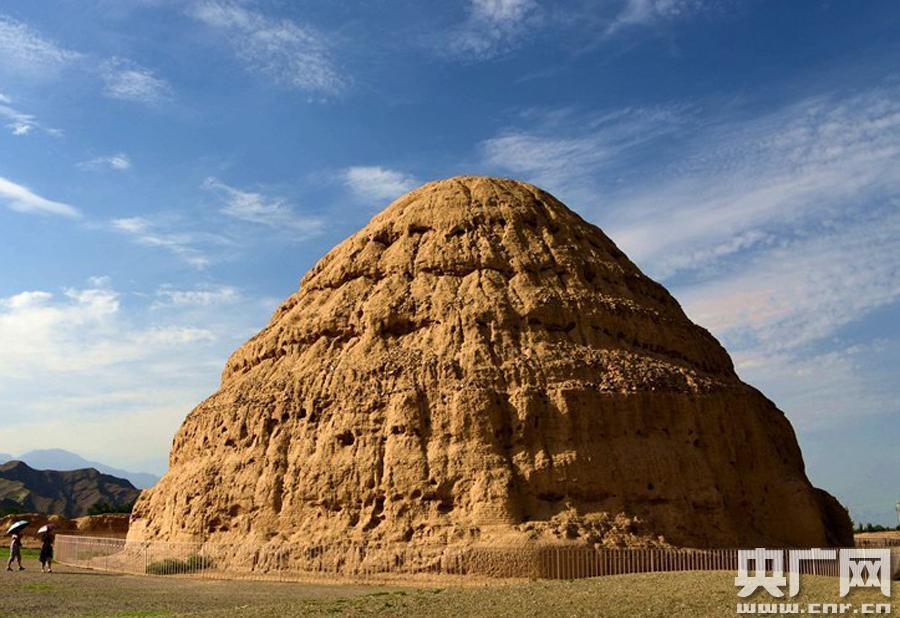Western Xia Imperial Tombs seek world heritage status
 0 Comment(s)
0 Comment(s) Print
Print E-mail Xinhua, September 13, 2018
E-mail Xinhua, September 13, 2018

The royal mausoleums complex of the emperors in the Western Xia Dynasty (1038-1227) has been making every effort to apply for world heritage status.
The burial complex, located at the foot of the Helan Mountain, 30 km west of the city of Yinchuan, capital of northwest China's Ningxia Hui Autonomous Region, is the best-preserved and largest cultural heritage site from the Tangut civilization.
The Tangut civilization was built by the Tangut people, an ethnic minority group, and prospered in an agricultural-husbandry area in northwest China between the 11th and 13th centuries.
Based on characteristics of the mausoleums, archaeologists found that the layout of the tombs was the same as the imperial tombs of the Northern Song Dynasty (960-1127).
There are nine imperial mausoleums, 271 subordinate tombs, a large building site and dozens of brick-and-tile kiln sites in the 58-square-km mausoleum area.
"The mausoleums are a special witness to the existence of the long-vanished Tangut civilization with excellent adaptability and outstanding cultural diversity," said Wang Changfeng, deputy director of the management department of the tombs.
"The Western Xia Imperial Tombs are extremely important for history, archaeology, architecture and the protection of cultural relics," Wang added.
The local government and related departments have invested more than 700 million yuan (102 million U.S. dollars) in cultural relics protection, and environment and infrastructure improvement since the application project started seven years ago.
So far, nine imperial tombs and more than 40 subordinate tombs have been reinforced. A new museum has also been completed.
The protection of the rammed earth site is challenging, due to the unstable structure, and wind and rain erosion. Different locations and diverse natural conditions of the site require different approaches. Experts conducted extensive scientific research to determine the best strategy for each location.
The burial complex has cooperated with Dunhuang Academy, a national comprehensive institution responsible for the conservation, management, and research of the world-famous grottoes in the city of Dunhuang in neighboring Gansu Province.
"We have discovered several successful methods, which we will share with other rammed earth sites in the region and other provinces and regions in northwest China," Wang said.
Wang said the protection not only focuses on the tombs but also the surroundings. "The site, closely associated with the unearthed cultural relics, is full of clues to the past. Protection should be provided both for the site and cultural relics, as any damage to the site would mean losing a piece of history."
An environment improvement project in the site is underway. Farms and rural residents who lived in the site have been relocated.
"After the peak tourist season, we will move the museum, tourist center, and offices to a new museum complex one km away from the site. The modern buildings in the site will be demolished," Wang said.
The over 9,000-square-meter Tangut-themed complex is twice the size of the original museum. The new museum will display objects unearthed from the site.
"The West Xia Imperial Tombs have been listed in the tentative list of UNESCO. We hope the site can be included in UNESCO's World Heritage List in 2020," Wang said.






Go to Forum >>0 Comment(s)